Traveling abroad isn’t all about sightseeing. Here’s how to get outdoors wherever you are
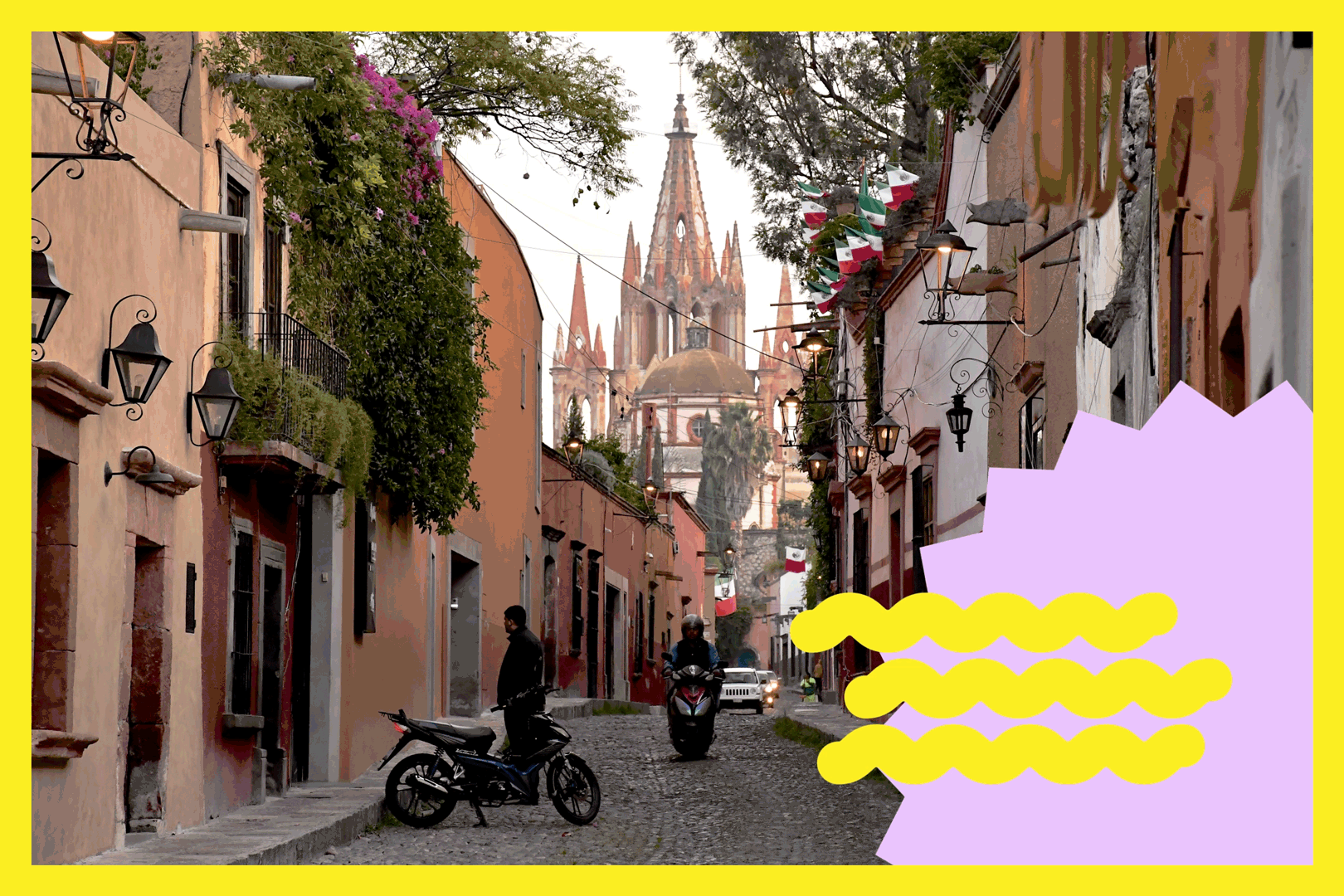
- Share via
Hiking wasn’t my primary concern when I RSVPed to a destination wedding in an architecturally stunning town in central Mexico.
Sipping margaritas and strolling romantic cobblestone streets sprang to mind — as well as the thrill of witnessing an old friend’s major milestone.
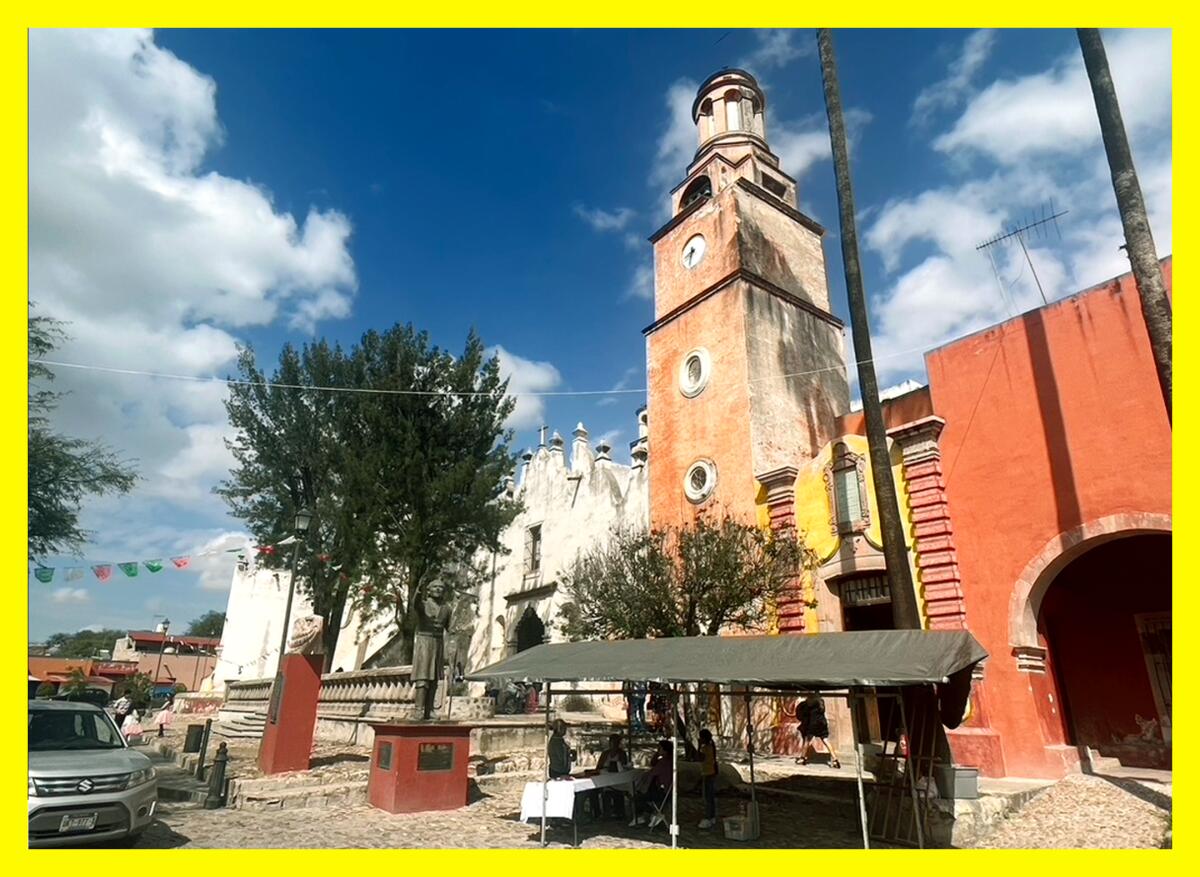
San Miguel de Allende instantly charmed me with its friendly aura and glorious colonial buildings. I swooned at the sight of carved stone features and stately door knockers — one in the shape of an ear of corn. My heart leapt when my friend, Times reporter Andrew Campa, said “I do” in a perfectly pink Catholic church that doubles as the town’s iconic landmark. My partner Emanuel and I feasted, visually and literally. But on our third day, itching for movement — and insight into what lay beyond the crowded main square — we abandoned the vacay vibes and set out to hike a route listed on the All Trails app.
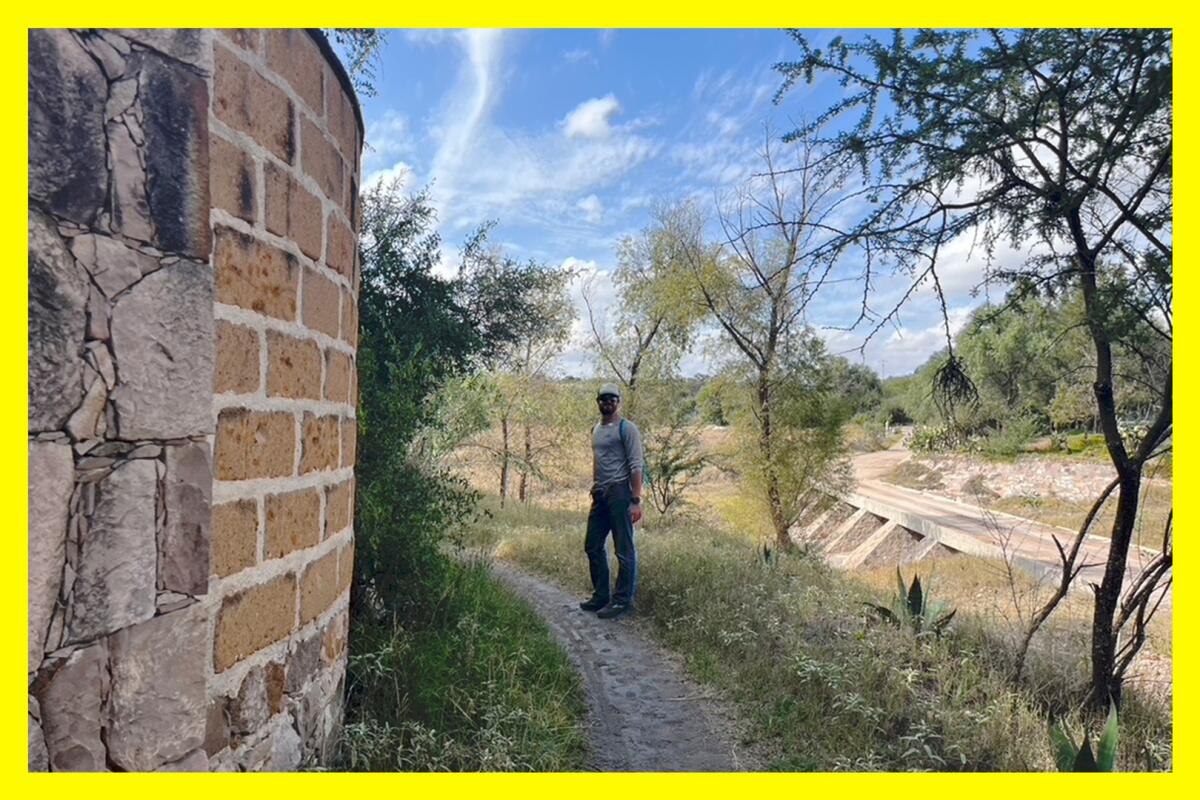
The grip of tourist trappings quickly melted away. We trekked through a small hamlet, then up long, dusty roads, past ranches and a monastery. A turnoff took us on to a dirt trail that hugged a dry stream bed before winding through a settlement. Earlier that day, I wondered if it was absurd to spend hours hiking in a destination known for its urban delights. Now I longed to venture deep into the wild hills. Without enough time to complete the whole route — a loop of 16 miles — we turned around after two hours.
You are reading The Wild newsletter
Sign up to get expert tips on the best of Southern California's beaches, trails, parks, deserts, forests and mountains in your inbox every Thursday
You may occasionally receive promotional content from the Los Angeles Times.
Hiking, jogging and even walking in a new city can provide a unique perspective — and allow you to break away from the typical tourist haunts.
The snag is that it can feel daunting to hike in a foreign place, particularly if you don’t know the language or the terrain. A trip to the Alps might be straightforward, but journeying into the backcountry of countries without well developed or maintained trail systems can be tricky. Understanding the lay of the land, from local customs to available infrastructure, is key to successfully adventuring abroad, according to experienced travelers I spoke to to get a sense of how they prepare for their adventures.
Eva zu Beck, travel blogger and vlogger who has ventured into some of the most remote corners of the world, recommends learning about the local norms and social rules and sticking to them — particularly for women traveling to areas where it’s unusual to see their gender in the great outdoors.
“You’re only passing by, right? So don’t expect to be able to change anything, even if you think that that change would be good,” Poland-born zu Beck, 32, told me over a video call. Sometimes she adjusts the way she dresses, noting, “It may not be cool to wear shorts in Pakistan, whereas in California it’s perfectly OK. Maybe in some places you might want to wear a head covering.” (Fun fact: zu Beck was my boss at a travel-focused publication about 10 years ago.)
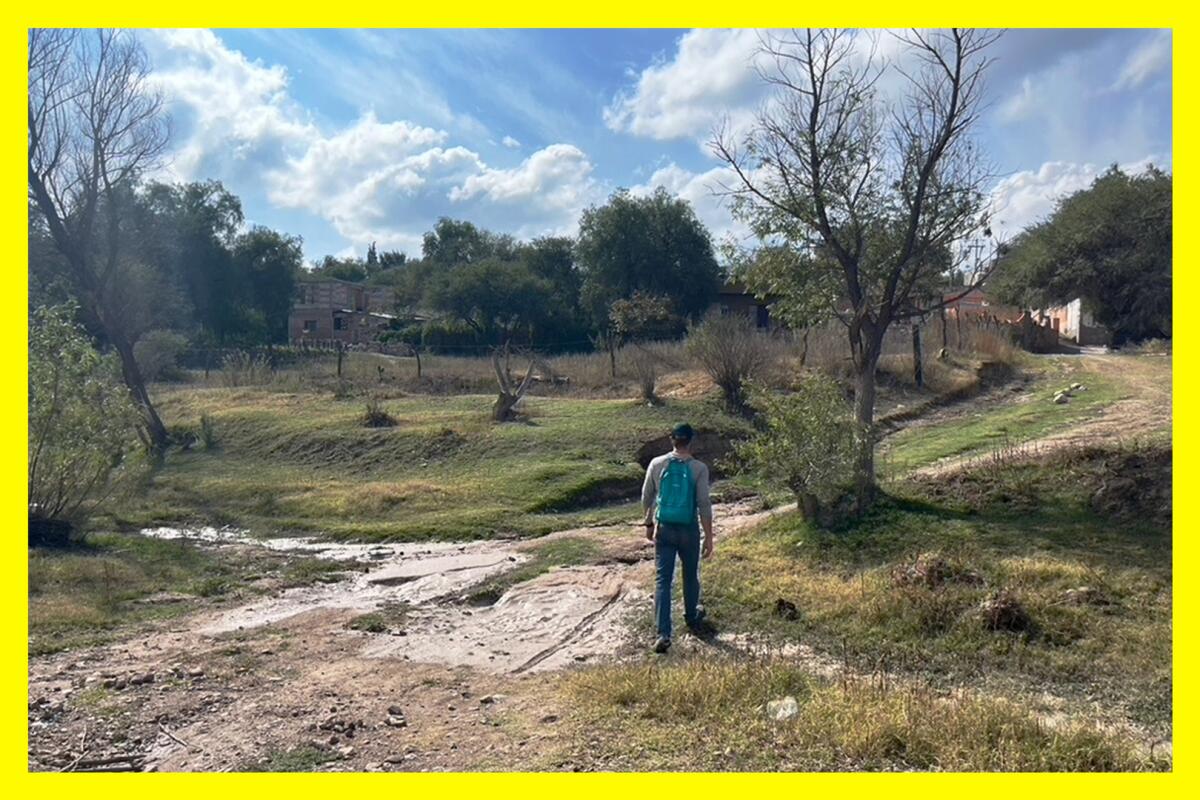
Here are four tips on how to safely access the outdoors anywhere:
1. Research, research, research
Before you set foot on foreign soil, do some web searching and ask around. There might be government guidance, articles, videos or forums that shed light on the outing you want to have.
Research is often more challenging, but more crucial, when you’re heading to a lesser-visited area. Eric Gilbertson, who along with his twin brother is attempting to summit the highest point in every country (he’s at 140 out of 196), often turns to peakbagger.com. Intrepid types from all over the world post in English, he said.
“These are the kind of people who travel all over, who trek and peak bag all over,” said 37-year-old Gilbertson from his home in Seattle. (Peak bagging refers to the practice of ticking off a collection of summits.) “I can ask them if they know anything.”

While researching how to ascend the highest point in Uzbekistan, Gilbertson — who teaches mechanical engineering at Seattle University when he’s not scaling obscure peaks — reached out to two friends who had traveled nearby. They gave him critical advice: Approach the peak on Alpomish, a mountain Gilberston said had never been climbed before, through the Tajikistan side. That allowed him to avoid land mines and red tape, he said. On Aug. 23, Gilbertson and a partner became the first souls to reach the roughly 15,300-foot summit.
2. Tap local knowledge
Both zu Beck and Gilbertson highlighted the importance of sourcing locals’ knowledge when visiting an unfamiliar area. This can be the quickest way to gain insider knowledge, especially when it comes to matters of personal safety.
Zu Beck advised hiring a local guide. Not necessarily to accompany you on your trip, she said, but to answer all your burning questions over a meal or city walk. Guides typically know what areas are safe and when.
Gilbertson said his strategy is always to seek a local driver, who can provide safety insights as well as avoid paying bribes to local authorities.

Connecting to locals can require thinking outside the box.
Running and hiking communities in a given country can be a gold-star resource, said zu Beck, a dedicated ultra runner.
She sometimes follows groups on Facebook or Instagram and checks to see if they’re having upcoming meetups she can join or reach out to the organizers for advice.
When visiting Afghanistan about three years ago, prior to the Taliban takeover, zu Beck connected with a local sports organization for women. Zu Beck said it was challenging for a woman to run or even walk alone at the time, but she was paired with a woman who took her on a run through a local neighborhood. They took precautions: dressing appropriately and running in the middle of the day and in an area that didn’t have a road next to it. They still received stares. Zu Beck described it as “really interesting insight into how women get outdoors in that part of the world.”
3. Check on what permission you need (and if you can get it)
It would be devastating to travel halfway across the world and find out you don’t have the necessary documents to go forward with your trip. Gilbertson said understanding what permission you need can be confusing and require significant research — and potentially assistance. In order to get approval to climb the highest peak in Mauritania, he had to negotiate in person with a mining company that controlled access. He brought along an Arabic translator and driver.
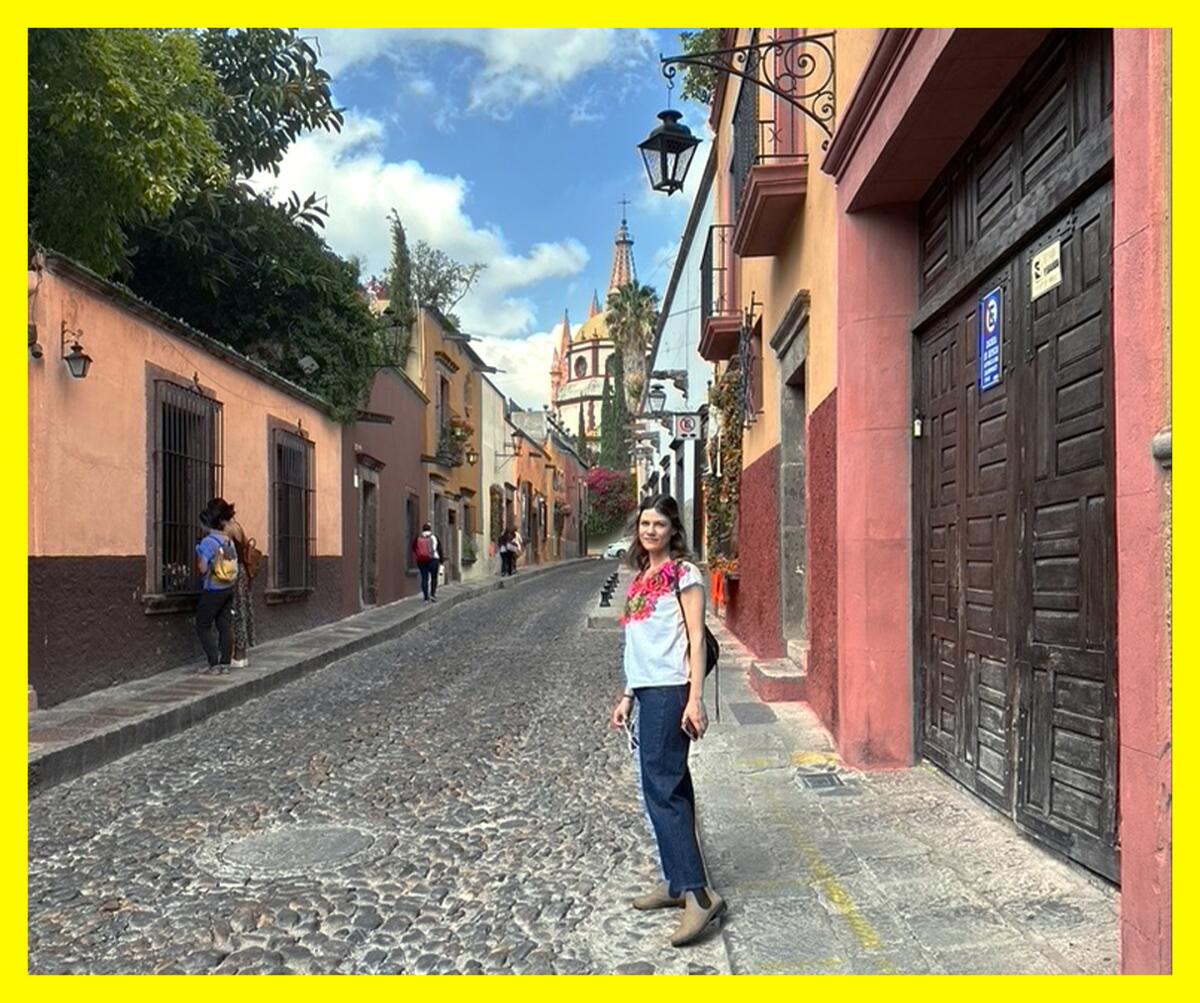
4. Pack — and plan — appropriately
As with all outdoor adventures, it’s important to gear up for what you plan to do and the conditions you expect to encounter — all based on the extensive research you’ve conducted. Don’t count on being able to buy specific camping supplies or clothing abroad. If there are lingering unknowns — such as the exact terrain you’ll encounter— you may want to bring extra food or supplies.
Planning extends to familiarizing yourself with the landscape via navigation apps and maps (a good idea for any outing, no matter the country). And, for those traveling to far-flung locations, investing in a satellite communication device — such as a Garmin inReach — that can signal for help and send text messages. It’s also a good idea to provide a detailed itinerary of your trip to at least one emergency contact (as in someone not adventuring with you).
3 things to do

1. Slow down with CicLAvia. An empty roadway in car-centric L.A. is like a unicorn — magical to behold. On Dec. 3, a six-mile route through South L.A. will be closed to cars, inviting Angelenos to experience a people-powered version of the streets. From 9 a.m. to 3 p.m., people of all ages can walk, run, bike, skate or just plain goof off along a path that connects Leimert Park and Historic South-Central. Activities, basic bike repair, water-refilling stations and restrooms will be stationed at hubs along the way. Nonprofit CicLAvia, now in its 13th year, seeks to activate public spaces and promote healthy movement with open streets events held across L.A. throughout the year. More info at ciclavia.org.
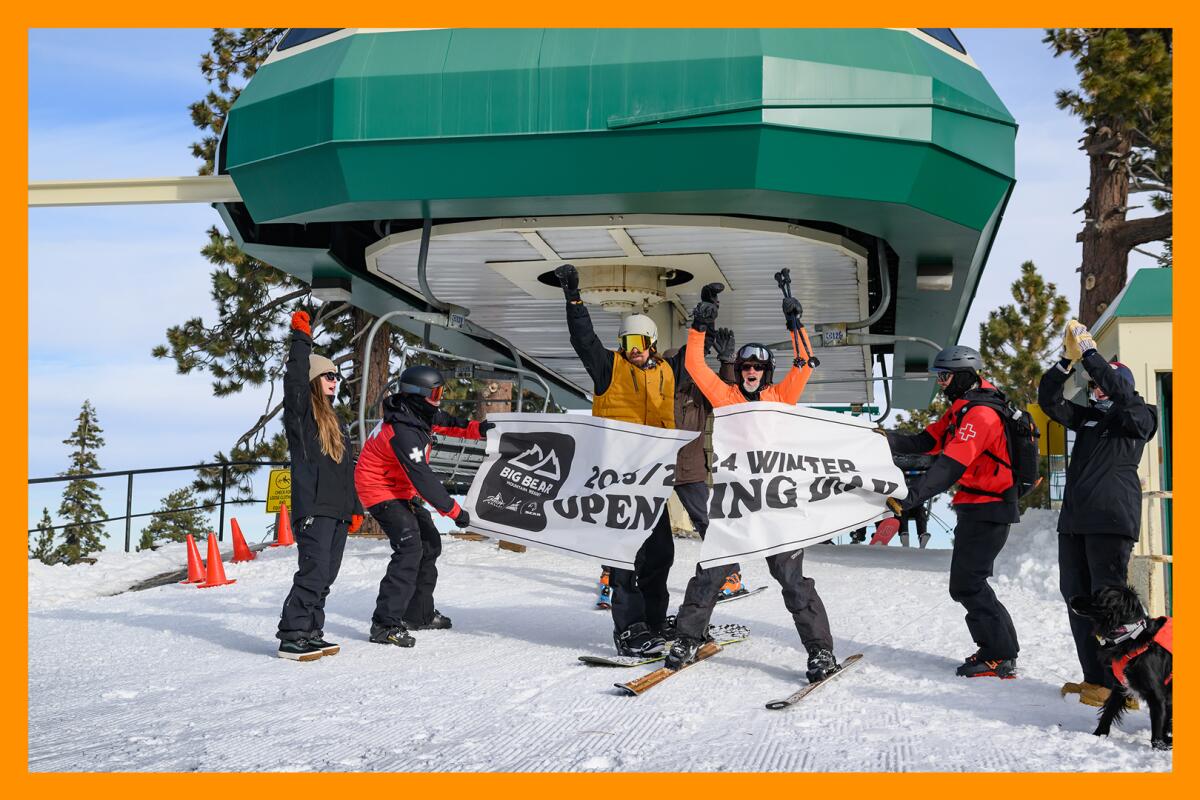
2. Hit the slopes. Ski season in Big Bear kicked off days ago. “The temps are falling and the stoke is building,” Big Bear Mountain Resort wrote on its website. When traffic is light, a trip to Big Bear Lake is only about a two-hour drive from downtown Los Angeles, making it a relatively accessible escape for city dwellers craving powder. According to Big Bear Mountain Resort, Snow Summit and Bear Mountain are now open daily, while Snow Valley will operate Friday through Sunday until it’s open daily beginning Dec. 10. Mammoth Mountain’s ski season began earlier in November. Details at bigbearmountainresort.com.

3. Identify plants with a snap of your phone. The great outdoors wouldn’t be so great without all the wondrous flora and fauna. And, if you’re a city dweller like me, you probably didn’t grow up memorizing the names of all those birds, bees and trees. Our ever-smarter phones can help fill in the blanks. I recently downloaded the PictureThis app based on a recommendation from a fellow hiker ($29.99 for an annual premium subscription). The first thing I did was start identifying the plants in my backyard to determine if they might make my cat sick. But it’s far from the only app out there; the product-testing gurus at New York Times’ Wirecutter selected the PlantNet Plant Identification as their top pick for its ease and accuracy, while iNaturalist received a nodfor allowing users to share their observations with others. Find out more about these resources at picturethisai.com, identifyplantnet.org and inaturalist.org, respectively.
The must-read
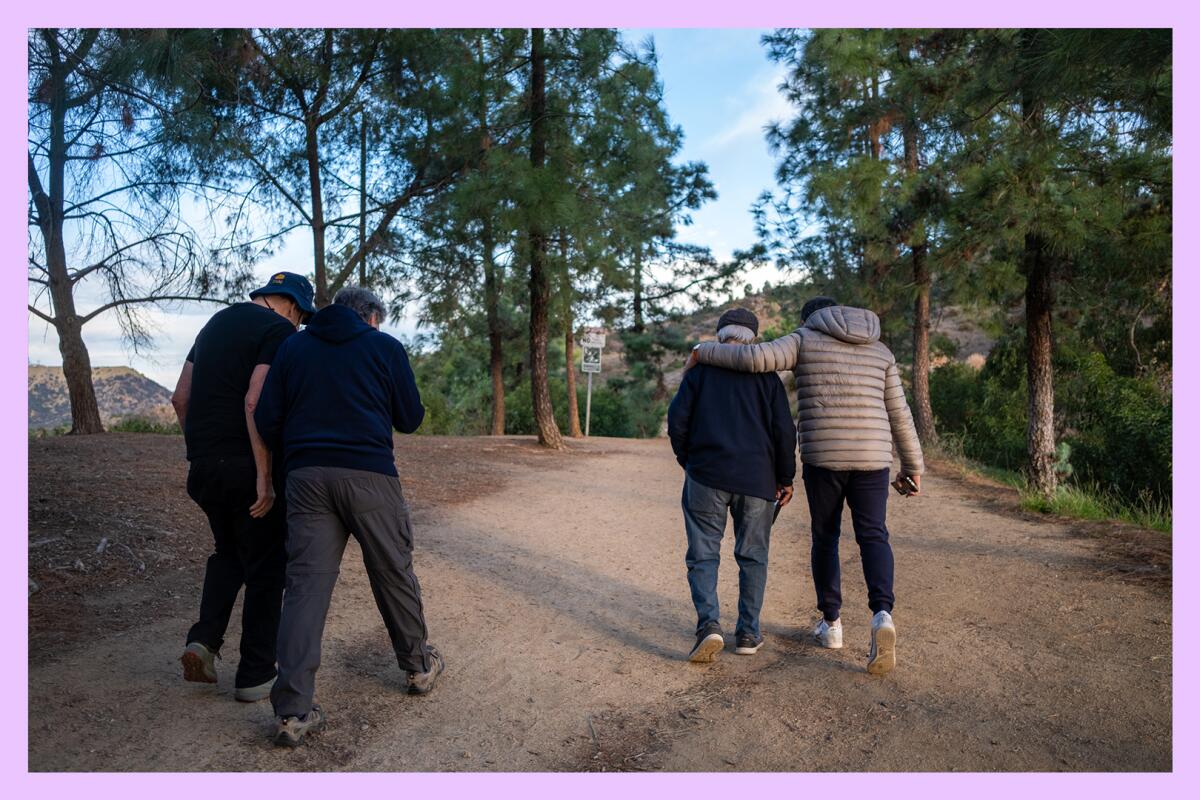
Writing for the Atlantic, Hannah Seo says that the Western world is suffering from loneliness and a fear of nature — and that not only are both increasing but they might be related. Brooklyn-based Seo cites essays and studies that conclude that cultures with strong bonds are more likely to spend time outdoors and that doing so might enhance feelings of connectedness. On a basic level, being outside offers an opportunity for chance meetings and friendly waves, explains Seo, citing experts, adding that the safer we feel, the higher our tolerance for the unfamiliar — such as an insect landing on our bare foot during a picnic. Meanwhile, turning away from nature may reinforce aversion for each other and vice versa.
“It would be a stretch to say that just getting people to touch more grass will solve all societal ills, or that better social cohesion will guarantee that humankind unites to save the planet,” Seo writes. “... But this two-way phenomenon is a sign that, if you’ve been meaning to go outside more or connect with your neighbors, you might as well work on both.”
Happy adventuring,

P.S.
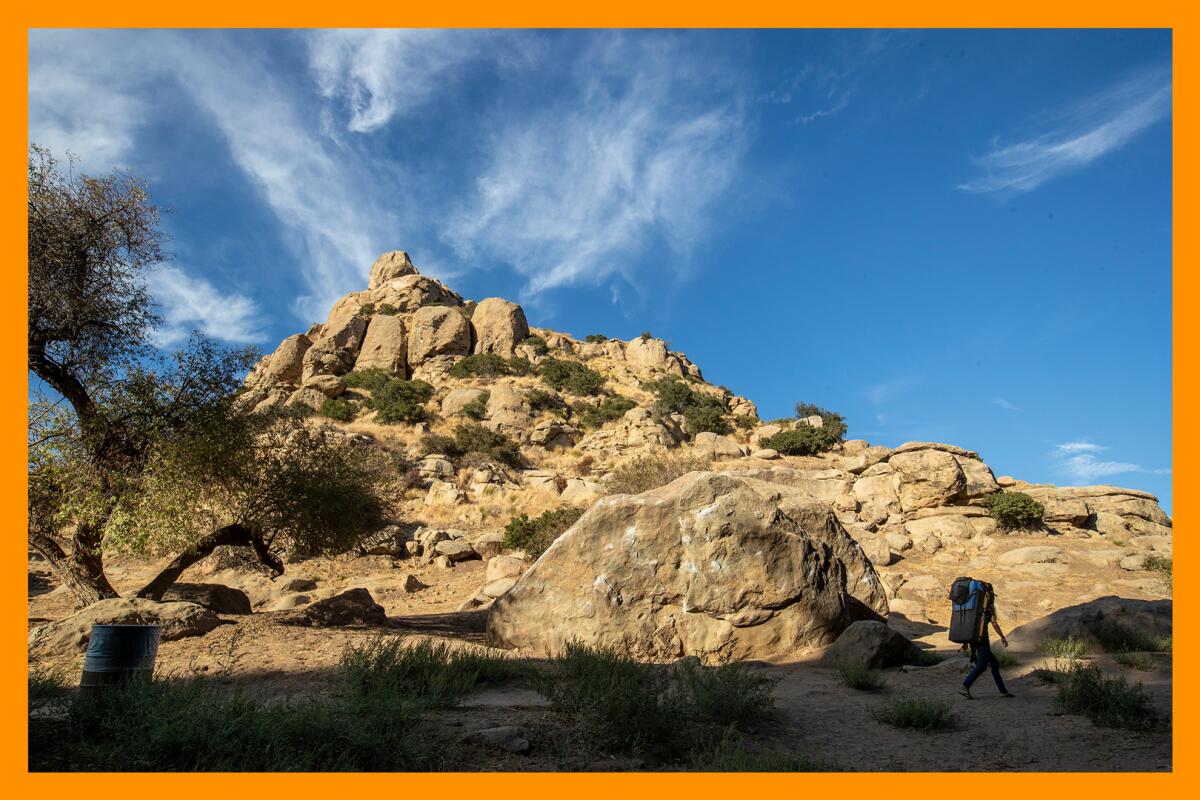
Passionate about climbing on public land? Consider sharing your thoughts with Uncle Sam. The U.S. Forest Service and National Park Service are seeking input on proposed guidance for managing climbing in national forests, grasslands and parks. The guidelines are intended to help land managers make decisions about how to support climbing (on rock, snow and ice) while protecting natural and cultural resources — in part by outlining a process for installing or replacing fixed anchors, including permanent bolts, chains and other equipment. Members of the public can comment on both agencies’ guidelines through Jan. 16. Submit comments to the U.S. Forest Service at this link, and comments to the National Park Service via this link.
For more insider tips on Southern California’s beaches, trails and parks, check out past editions of The Wild. And to view this newsletter in your browser, click here.
Sign up for The Wild
We’ll help you find the best places to hike, bike and run, as well as the perfect silent spots for meditation and yoga.
You may occasionally receive promotional content from the Los Angeles Times.




